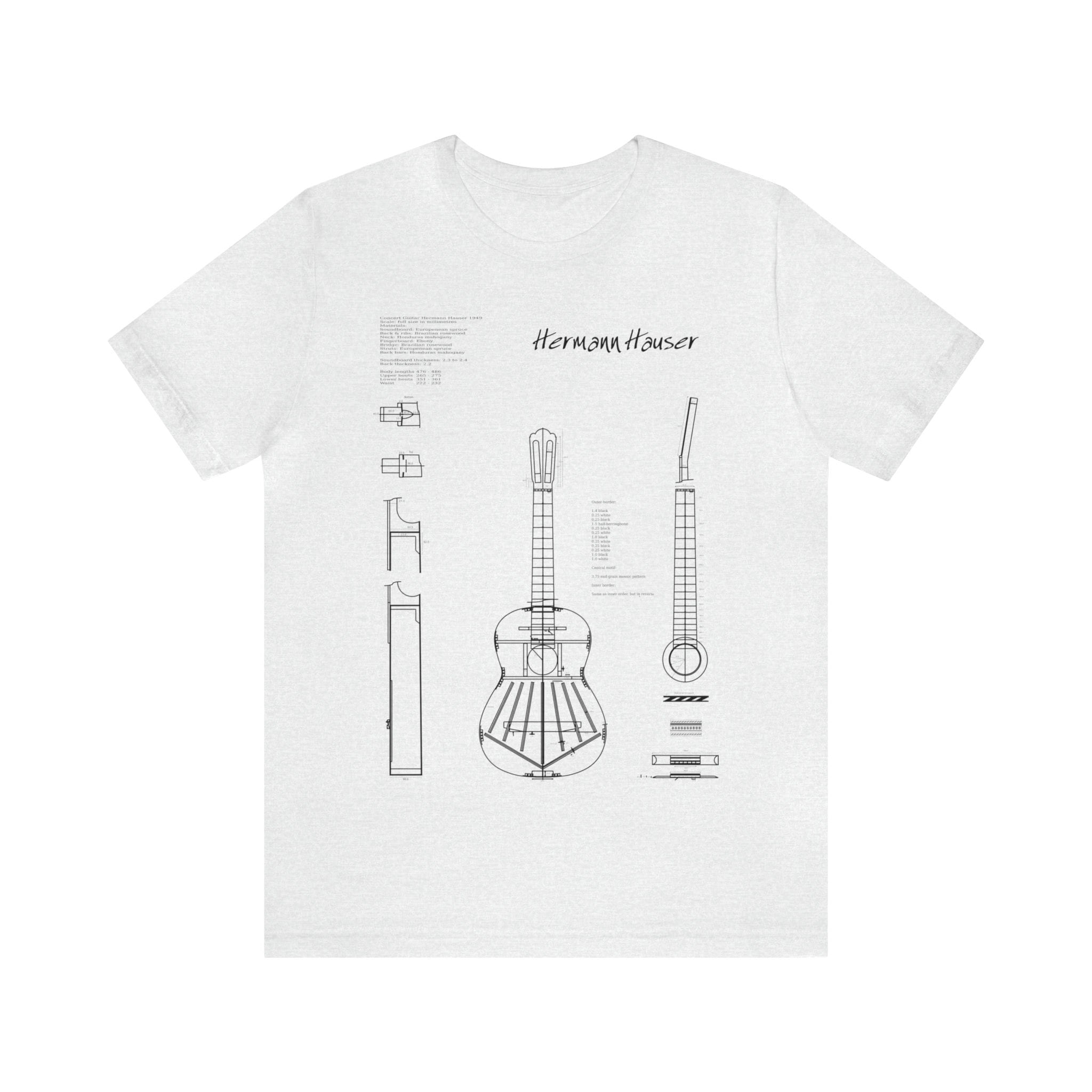When changing the strings on a classical guitar it is best to change one string at a time. It is not good for the neck of the guitar to have a sudden release of tension and then to have it applied forcefully later. This can lead to distortion of the neck and permanent damage.
As well as this, never tune the string more than a tone above its normal pitch. You can tune it a little sharp (for example, one semitone above normal concert pitch) as this can make the guitar a little ‘brighter’ to play. Tune it any higher and you risk breakage.
Never put steel strings on a classical guitar. It is not constructed to take this exertion and it is easily damaged (the neck can break away from the body).
To string the guitar:
- Unwind the old string until the tension is completely released and the string is quite floppy
- Unthread the string from the Capstan in the Headstock
- Next untie if from the bridge and discard it
You’re now ready to string the guitar:
- Start by slipping the string through the corresponding hole in the bridge from the sound hole end
- Leave approximately 1½ inches of the string sticking out past the back of the bridge
- Pull the extra string length towards the sound hole and loop it around the string where it originally entered the bridge
- Loop the string under and over itself on top of the bridge twice. This forms a figure 8.
- Pull the string tightly away from the sound hole and attach it to the tuning peg as shown below
- Loop the string at the peg head and then twist it around itself before tightening the peg
- Continue to restring the other strings one by one using the above method
After all the strings are restrung, start to tune the strings by starting with the first E treble string. Use the tuning fork to get the A note on the 5th fret. You can tune the other strings from this.
Letter D method
There is another way of securing the string to the bridge. This is called the Letter D method. This is usually used only for the 4th, 5th and 6th strings and is done as follows:
- Start as you would with the figure 8 by passing the string through the bridge at the sound hole and leaving 1½ inches sticking out
- Bring the extra string length back and loop around itself then under and over itself ONCE at the very back of the bridge forming the letter D
Supposedly, the figure 8 is better since it has more holding power.
Some things to take note of while restringing and tuning:
- Nylon strings, especially trebles, are very stretchy. On the first day they will seem to be never in tune but will stabilize the next day
- Don’t stretch the strings when restringing since this make them develop thin areas. Uneven strings do not play in tune
- Most intonation problems are due to uneven strings
- Experiment to find the string that sounds best
Remember to take your time when first restringing a guitar. Take care that you learn the correct method. There will be less slippage and breakage or tuning problems if you learn in this way.
When you first put on new strings play all the semitones, fret by fret, along the string length and then retune the guitar. This will allow the strings to stretch more quickly and settle down and stay in tune.
There are a lot of classical guitar strings on the market. It pays to experiment until you find the one that is right for you
Restringing a guitar can be a bit daunting at first. Approach the task slowly and take time to learn the correct methods.
Classical Guitar






